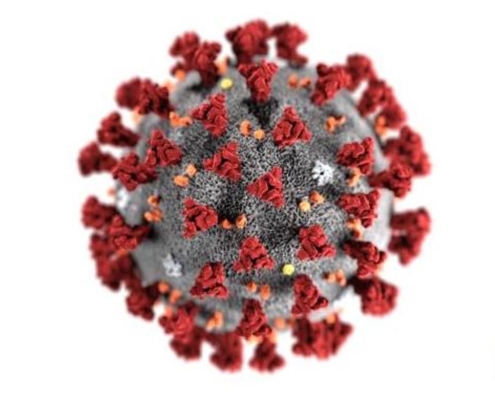Following positive feedback from a previous SIRA News article in relation to the COVID-19 pandemic and health advice, here is some further information.
The situation is Australia is rapidly changing. The good news is that awareness across the country is high. In saying that, the Northern Beaches is one of the areas with the highest infection rates.
So where are we now in what is best and legal practice? It can be very difficult to keep up to date with the fast pace of change with the advice. As such, the advice contained here will no doubt also soon be superseded. But currently the rules are designed to keep people to only interacting with their normal household and for essential business. The problem is that many aspects are vague when it comes to implementation. So the advice currently is to:
1) stay at home (no social engagements);
2) go to work if you are employed in an essential service and can not work from home;
3) go to the shops (as few people and as fast as possible);
4) to exercise in public if you have to;
5) limit all interactions with others to the minimum and keep 1.5m away from everyone else at all times;
6) limit all outdoor time to a maximum of two people (you and one other).
The exceptions to the above rules are when it is in relation to people who you normally live with (your household). This does not extend to relatives if you are not in the same household.
There are further exemptions and these can be found here at Schedule 1. Keep in mind this will be superseded soon no doubt.
The previous SIRA News article mentioned the use of masks as ineffectual. To clarify this information, it is important to know how the virus spreads – in tiny water droplets sneezed or coughed by an infected person. This is the rationale behind a 1.5m distance that is now imposed on all people in public, if they are not members of your household. This social distancing is to match the effective distance of sneezes and coughs.
Masks can help protect people in a similar way and if you are vulnerable (elderly, have a compromised immune system etc), then masks may help. The important part to note here is that you are aware that masks do not protect the wearer from the virus as the virus is not airborne – that is, travelling through the air such as a pollen to hay-fever sufferers. Essentially, simply be aware to not allow wearing a mask to give you a false sense of protection that then gives you the courage to be reckless with your activities. It has been found that some people that wear masks then need to touch their face more often to adjust the mask, and of course to eat and drink. If they have not been washing their hands due to the false sense of security they feel from wearing a mask, then they are more likely to become infected by the virus. In summary, masks will help you from others sneezing, but it is not a substitute for thorough hand hygiene and keeping away from other people.
We hope this information continues to be helpful to the community.


Leave a Reply
Want to join the discussion?Feel free to contribute!